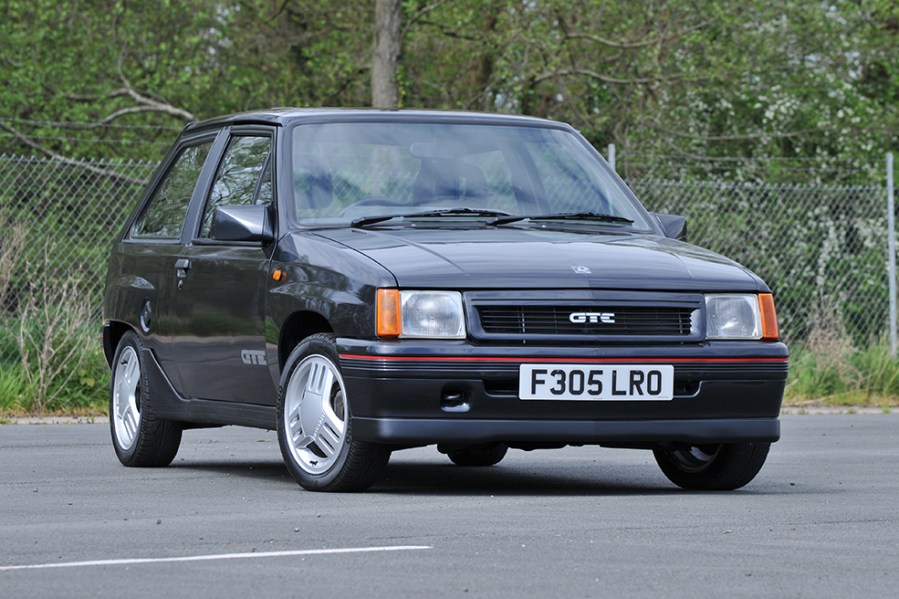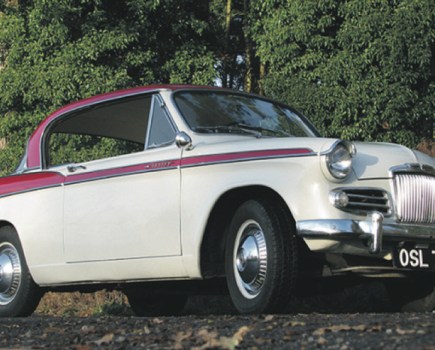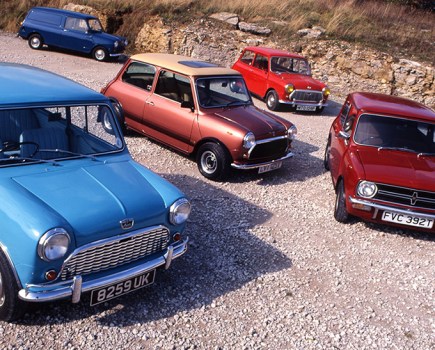The Vauxhall Nova is a fun and relatively affordable classic supermini, but survivors are getting rare. Here’s how to buy one
Images: Paul Wager With thanks to: Stuart Lindborg, Performance Nova Group
The supermini market was thriving at the beginning of the 1980s, with the likes of the Ford Fiesta, Austin Metro, Renault 5 and Fiat 127 all battling for buyers’ cash, so it’s no surprise Vauxhall wanted a piece of the action. The Vauxhall Nova (known as the Opel Corsa in Europe) launched in 1982 and was available in three-door hatchback and two-door saloon flavours.
Built at the Zaragoza plant in Spain, the Vauxhall Nova was thoroughly conventional under its neatly styled bodywork, but with a range of frugal engines and attractive prices it became a big seller. Vauxhall wasted no time in expanding the Nova range and within a few years there were more powerful engines plus four and five doors for the saloon and hatch respectively.
The rare Nova Sport of 1985 homologated the car for rallying; just 500 were made, with a twin-carb engine good for 93bhp. Warmer versions for the masses were also available: the 70bhp Nova SR was sprightly, while the Bosch-injected 1.6-litre Nova GTE was a strong rival for the Ford Fiesta XR2.
A facelift in 1990 freshened things up, and after almost half a million had been sold the Vauxhall Nova made way for the Corsa in 1993.
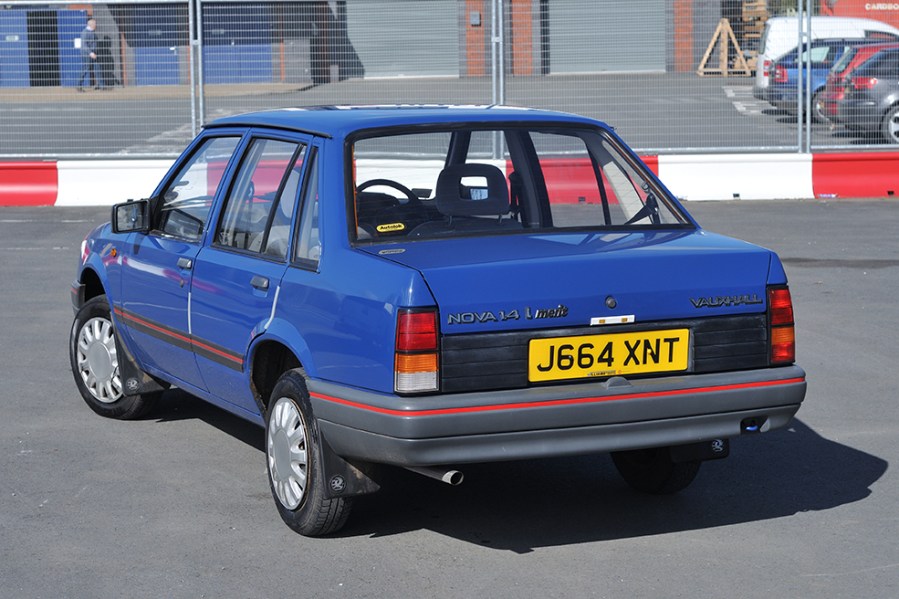
Bodywork
Corrosion resistance isn’t great and terminal rust sent many examples of the Vauxhall Nova to the scrapyard, so this is where care is required before parting with any cash. Everywhere is a potential rust spot, but start with obvious areas such as sills (side skirts on the GTE/GSi trap moisture), door bottoms, the lower edge of the tailgate, inner and outer wings front and rear, plus the rear wheel-arches. Be wary of lowered cars where arch lips have been flattened or cut off without properly protecting exposed metal.
Other trouble spots include the bulkhead and battery tray, A-pillars and around front and rear screens and major rust in any of these areas will mean plenty of time spent welding. The floors of the cabin and boot – including the spare wheel well – can rot away so lift the carpets for a thorough examination. Faster models are more likely to have been in an accident, so look for signs of repairs
Sourcing panels and repair sections will mean trawling internet auction sites for a suitable breaker car, widening the search to Europe or resorting to fabricated repairs. Professional restoration simply won’t make economic sense, so be wary of taking on a project.
Lastly, check the headlights on facelift models as reflectors can lose their shiny finish; used items can fetch a hefty sum but it’s possible to source left-hand-drive items and swap the lenses.
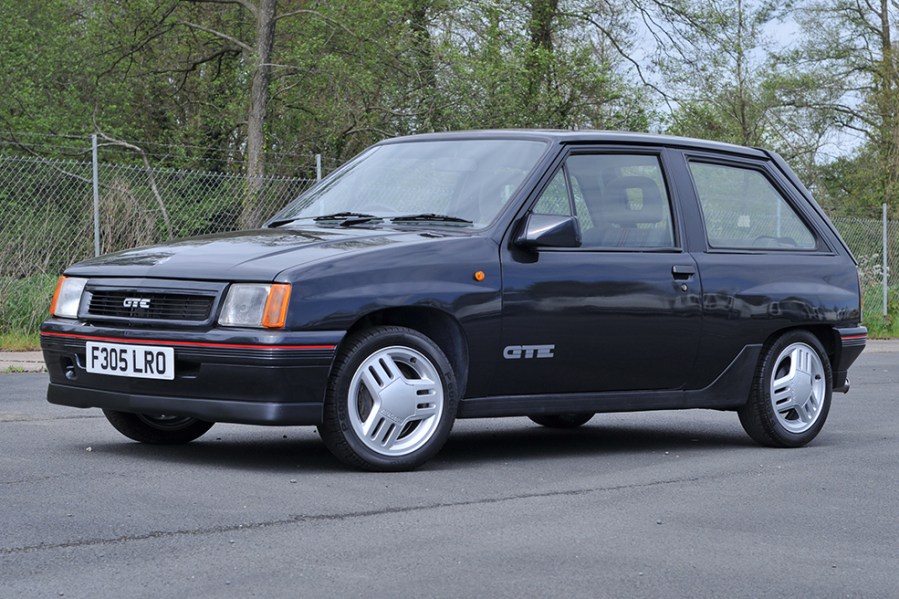
Engine and transmission
The Vauxhall Nova was powered by proven engines ranging in size from 1.0 to 1.6 litres. The smallest unit retained an overhead-valve layout while the rest had overhead camshafts; both layouts will quickly suffer from wear if oil and filter changes are neglected. Doing both every 3000 miles is the best course of action.
Look for evidence of regular cambelt renewal on overhead-cam engines, although most are non-interference so breakage isn’t the end of the world. Assuming there’s evidence of regular maintenance, checks can be focused on the usual areas such as exhaust smoke, oil leaks and tired cooling systems or leaking water pumps.
Later models have fuel injection and catalytic convertors so you’ll want to make sure that both are trouble-free, while the Pierburg carburettor on earlier engines could be worn by now. If an engine doesn’t run cleanly this could well be the cause; a rebuild or replacement with an aftermarket Weber are the solutions. Ask about any engine modifications, especially on the Vauxhall Nova GTE which got a lot of attention from tuners in the past.
More generally, the good news is that service items are easy to obtain from motor factors, and the simplicity of the Vauxhall Nova’s engines means that DIY maintenance couldn’t be easier.
Equally simple were the gearboxes, with just four- or five-speed manual units on offer; there was no automatic option. The gearchange was never all that slick – reviewers mentioned this at the time – but if it feels really obstructive then something more serious is amiss.
Crunches and whines should be obvious on a test drive which will also reveal any clutch trouble, although a replacement can be sourced for around £120 and fitting is straightforward. Also check for knocks from driveshaft joints on full lock.
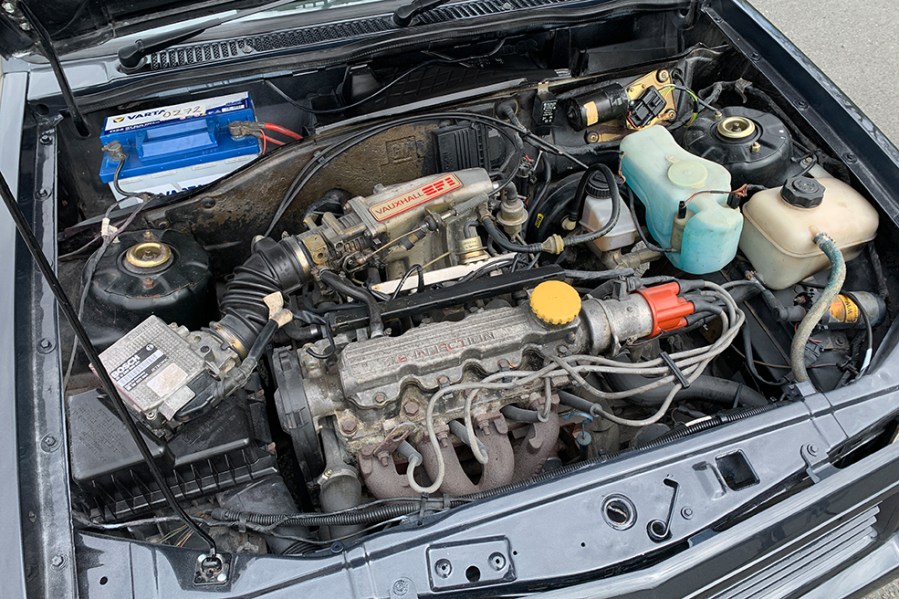
Suspension, steering and brakes
The Nova’s straightforward mechanical make-up extended to the suspension which employed a simple recipe of the ubiquitous MacPherson struts at the front and a torsion beam axle at the rear, featuring ‘minibloc’ coil springs that took up less space. It worked well, endowing the lightweight supermini with a safe and secure blend of ride and handling.
Ensure that corrosion hasn’t been nibbling away at the front suspension turrets, the mounting points beneath the car, or the top of the rear damper mounts. You’ll definitely want to avoid any rust here. Carry out an inspection for worn dampers and bushes, and listen for creaks and knocks on the road. A replacement front strut will set you back around £90, with a rear damper £60 or so; an overhaul won’t break the bank if you’re happy to wield the spanners yourself.
It’s a similar story of simplicity with the brakes, with the combination of servo-assisted discs and drums more than up to the task. Look for signs of wear, neglect and corroded or perished pipework; there’s little else to worry about and sourcing consumables is straightforward. Budget on paying around £20 for a new brake disc from an online supplier.
Steering comes via a non-assisted rack and pinion system that ought to feel light and accurate if everything’s in good shape; the bigger tyres of the GTE make it feel a bit heavier at parking speeds, but not unpleasantly so. Any vagueness is probably just worn track rod ends; these can be found for around £15 each.
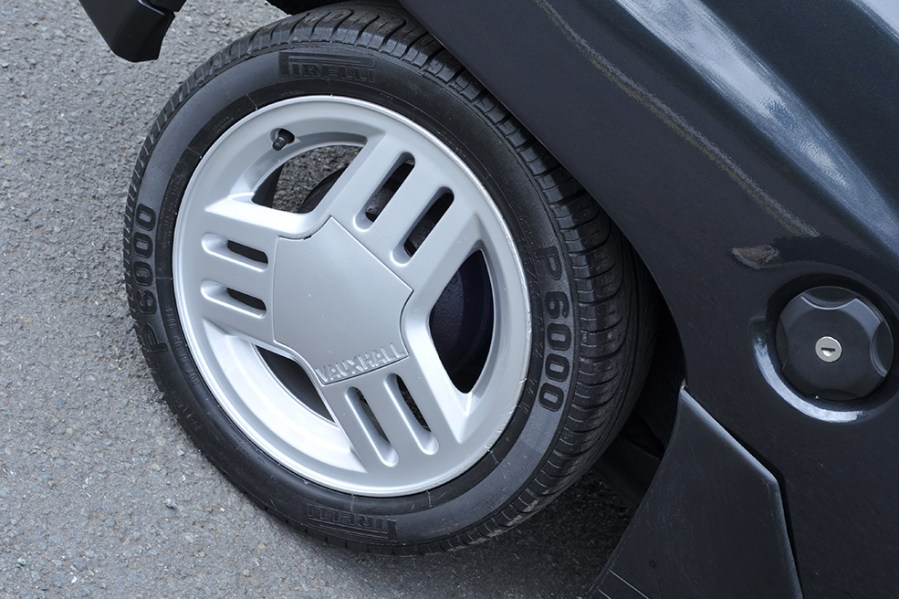
Interior, trim and electrics
The cabin followed the supermini norm of the time: simple and trimmed with fabrics and plastics that were hardly the last word in tactility or robustness.
The Vauxhall Nova was on par with rivals for practicality and space, and while entry-level trims were very basic it was possible to head up the range to gain electric windows and central locking. More important today is finding an interior in the best condition possible, which is still possible but more challenging given the model’s depleted numbers. Damage will be obvious; internet trawling will be required to track down used replacement bits.
The Nova was popular in the modifying scene, so check the interior hasn’t been hacked around. Also ensure that carpets aren’t suffering from damp – a leaky sunroof, bad windscreen seals or a badly-corroded bulkhead are usually to blame.
At least the lack of equipment means Vauxhall Nova electrics are simple, so spend a little time ensuring that what is fitted is still working.
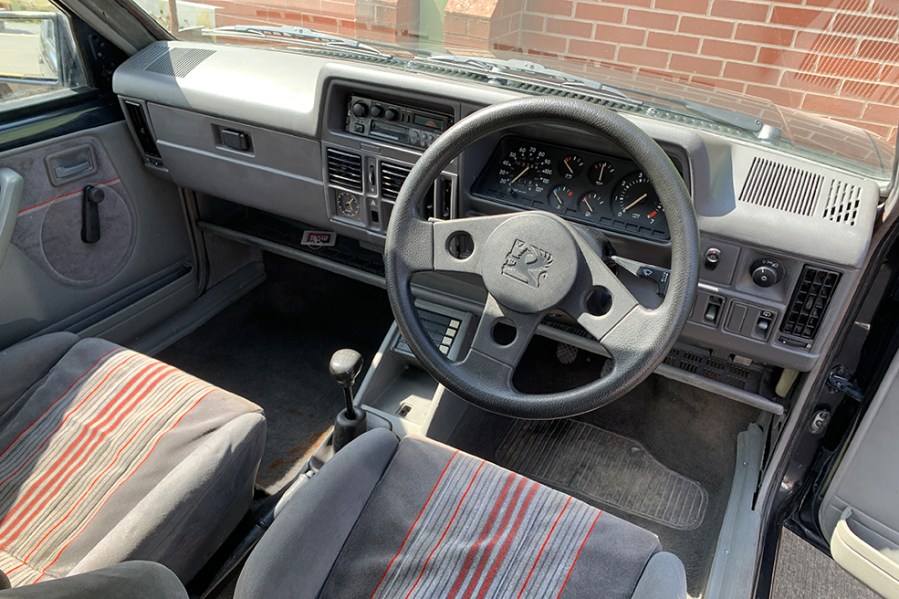
Verdict
The Vauxhall Nova arrived during something of a golden period for the supermini, going up against all manner of interesting cars that, some four decades later, still hold plenty of appeal. Buy well and in the Nova you’ll have a classic that’s nippy (smallest engine aside), frugal and cheap to run if you’re happy to maintain it yourself. The latter is perfectly possible given the simplicity of the Vauxhall Nova, which in turn makes it an ideal first classic car.
Some rivals were more fun to drive – the Peugeot 205 being one example – but a good Nova can still entertain thanks to its light, precise controls and easy-going nature. If you want a small classic that’s both practical and usable then it’s one that’s very much worth a look.
While there’s usually a reasonable handful of cars for sale at any one time, Novas aren’t what you’d call common – although some change hands within the club scene so it’s worth getting involved.
A restoration project is going to be £500–800, while smarter, more usable examples tend to sit in the £2000–4000 bracket. Really very nice examples with low mileages and a history of garage storage will cost around £5000–6000 or so.
At the top of the market, we’ve seen a 25,000-mile saloon that appears in timewarp condition carrying a price tag of almost £10,000, along with a Nova 1.3SR at nigh-on twice that amount. That’s a lot of money for a small Vauxhall but could point to the future of this model’s values as it becomes rarer.
Vauxhall Nova timeline
1982
Known as the S-car within GM, the Nova is launched in September 1982 and goes on sale in the UK the following year. Immediately popular, it’s soon followed by four-five-door models
1985
Vauxhall Nova Sport arrives in January to homologate the car for the British Rally Championship. All sorts of goodies are added when cars arrived in the UK, from eye-catching decals to engine upgrades and twin Weber carbs
1987
Isuzu-sourced diesel engine is added to the range
Nova GTE debuts at the Frankfurt Motor Show, known as the GSi in Europe – the same badge applied to UK cars following the facelift
1990
Vauxhall refreshes the Nova range, with all models gaining exterior changes including revised lights, bumpers and front grille. Trim levels also change, while the interior gains a new chunkier dashboard
1993
Production comes to an end with almost half a million sold. The Vauxhall Nova’s replacement – now known as the Corsa – is much-improved and the name is still with us more than thirty years later

